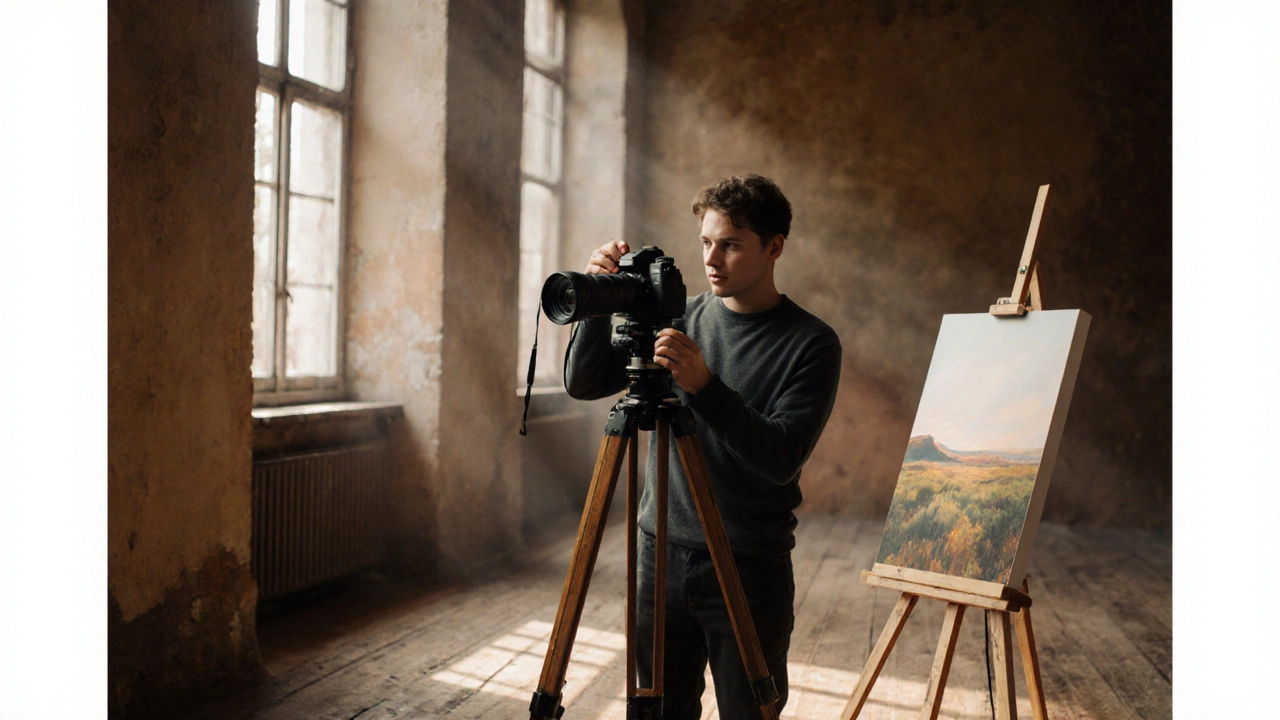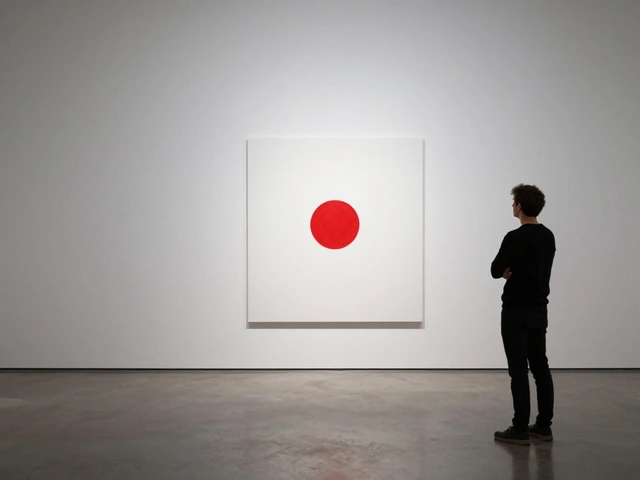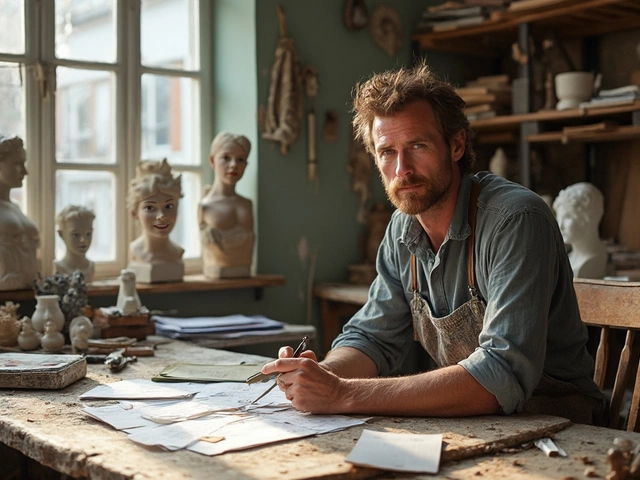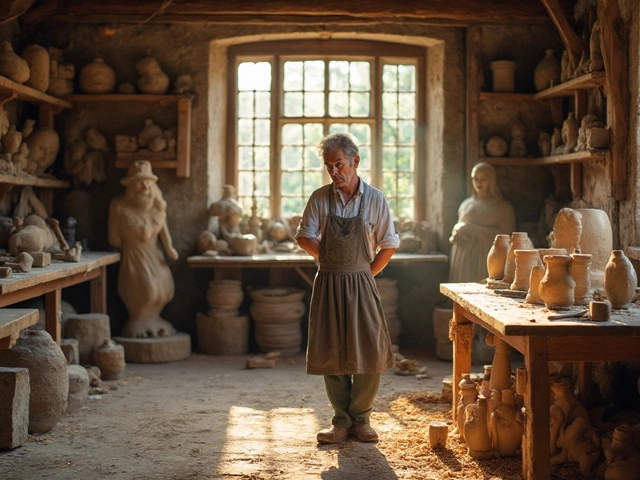Fine Art Photography Pricing Calculator
Calculate Your Print Price
Enter details to get an estimated price range for your fine art photography prints.
When you hear someone talk about Fine art photography is a genre that treats the camera as a paintbrush, aiming for visual expression over commercial purpose, the phrase can feel both precise and vague at once. In everyday conversation people often swap “fine art photography” with “artistic photography,” “photographic art,” or simply “photo art.” This article unpacks the name, its history, how it differs from other photographic styles, and what you need to know if you want to join the movement.
Where Did the Term Come From?
The label fine art photography first emerged in the early 20th century as photographers pushed back against the prevailing view of photography as a purely documentary or commercial tool. Visionaries like Ansel Adams and Edward Weston exhibited their prints in galleries alongside paintings and sculptures, demanding the same critical respect. By the 1930s, museums such as the Museum of Modern Art began to collect photographic works, cementing the term in the art world.
Fine Art vs. Other Photography Genres
Understanding the name is easier when you see how it stands apart from related genres. Below is a quick side‑by‑side view:
| Aspect | Fine Art Photography | Commercial Photography | Documentary Photography |
|---|---|---|---|
| Primary Goal | Personal artistic expression | Sell a product or service | Record reality for information |
| Typical Client | Galleries, collectors, museums | Brands, agencies, advertisers | Publishers, NGOs, news outlets |
| Creative Control | Full-photographer decides subject, composition, post‑process | Limited-client briefs dictate look | Guided-story dictates shots |
| Print Size | Often large‑format, archival prints | Usually small, web‑ready images | Varies, but often standard sizes for publication |
Key Characteristics That Define the Genre
- Concept‑driven: A clear idea or emotion guides every frame.
- Technical mastery: Photographers often experiment with exposure, lighting, and post‑processing to create a signature look.
- Print quality: Archival paper, pigment inks, and careful framing are standard.
- Limited editions: Artists typically release a set number of prints, adding rarity value.
- Exhibition focus: Works are displayed in galleries, museums, or curated online shows rather than on billboards.
Notable Practitioners and Their Impact
While the movement started with early modernists, it has grown to include a diverse roster of creators.
Ansel Adams
Best known for his black‑and‑white landscapes of the American West, Adams pioneered the Zone System, a meticulous method of controlling exposure and development. His prints still command high auction prices, underscoring how fine art photography can become a serious investment.
Edward Weston
Weston’s sharply focused, high‑contrast studies of shells, peppers, and nudes pushed the medium toward pure form and line, influencing generations of minimalist photographers.
Dorothea Lange
Although often grouped with documentary work, Lange’s portrait of “Migrant Mother” is also celebrated for its emotive power and compositional strength, blurring the line between reportage and fine art.
Contemporary Voices
Artists like Alex Prager blend cinematic storytelling with staged scenes, while Andreas Gursky creates massive digital prints that turn everyday details into abstract patterns. Their work shows that the definition of fine art photography continues to expand.
Tech Tools: Digital vs. Film
Both digital and analog processes can serve fine‑art goals, but they offer different creative pathways.
- Digital photography: High‑resolution sensors (e.g., 45 MP full‑frame) allow large‑format prints without loss of detail. Software like Adobe Lightroom and Capture One lets artists fine‑tune tone curves, color grading, and focus stacking.
- Film photography: Medium‑format 120 film (e.g., Fuji Pro 400H) delivers unique grain and tonality that many artists prize. Darkroom techniques-dodging, burning, and chemical toning-add hands‑on craftsmanship.
Choosing between them often comes down to the aesthetic you want and the workflow you enjoy. Some photographers even blend both, scanning negatives to incorporate digital manipulation while preserving film’s organic feel.
How to Start a Fine‑Art Photography Practice
- Define your concept: Write a short statement about the feeling or story you want to convey. This will guide subject selection and composition.
- Invest in quality gear: A full‑frame mirrorless or DSLR body (e.g., Sony A7R IV) paired with a prime lens (50 mm f/1.2) provides the resolution and shallow depth needed for striking prints.
- Master lighting: Natural light, studio strobes, or a combination of both shape mood. Experiment with side lighting, backlighting, and diffused softboxes to see what suits your concept.
- Practice post‑processing: Learn non‑destructive editing. Adjust curves, contrast, and color balance deliberately-avoid “over‑processing” unless your style calls for it.
- Create archival prints: Use pigment‑based inks on cotton rag paper (e.g., Hahnemühle Photo Rag). Print at least a 24 × 36 in size to gauge how your image reads in a gallery setting.
- Build a curated portfolio: Select 8-12 cohesive images that tell a visual story. A well‑structured portfolio is often more persuasive than a larger, unfocused collection.
- Showcase in the right venues: Apply to local art galleries, university exhibitions, or online platforms like Artsy. Consider limited‑edition releases to create scarcity.
- Network with collectors: Attend opening receptions, join photography societies, and engage on social media (Instagram #fineartphotography works well for visibility). Building relationships can lead to sales and future commission work.
Market Realities: Pricing and Selling
Fine‑art photographs are priced based on several factors: edition size, print size, paper type, and the artist’s reputation. A debut artist might charge $300-$500 for a 16 × 20 in print, while an established name can command $5,000-$20,000 for the same dimensions.
Many photographers use a tiered pricing model:
- Open edition (unlimited) - lower price, often sold through online stores.
- Limited edition (10-50 copies) - mid‑range price, marketed to serious collectors.
- Artist proofs (1-5 copies) - highest price, signed and numbered.
Platforms like Saatchi Art, 1xRUN, and local galleries handle printing, shipping, and insurance, letting you focus on creating new work.
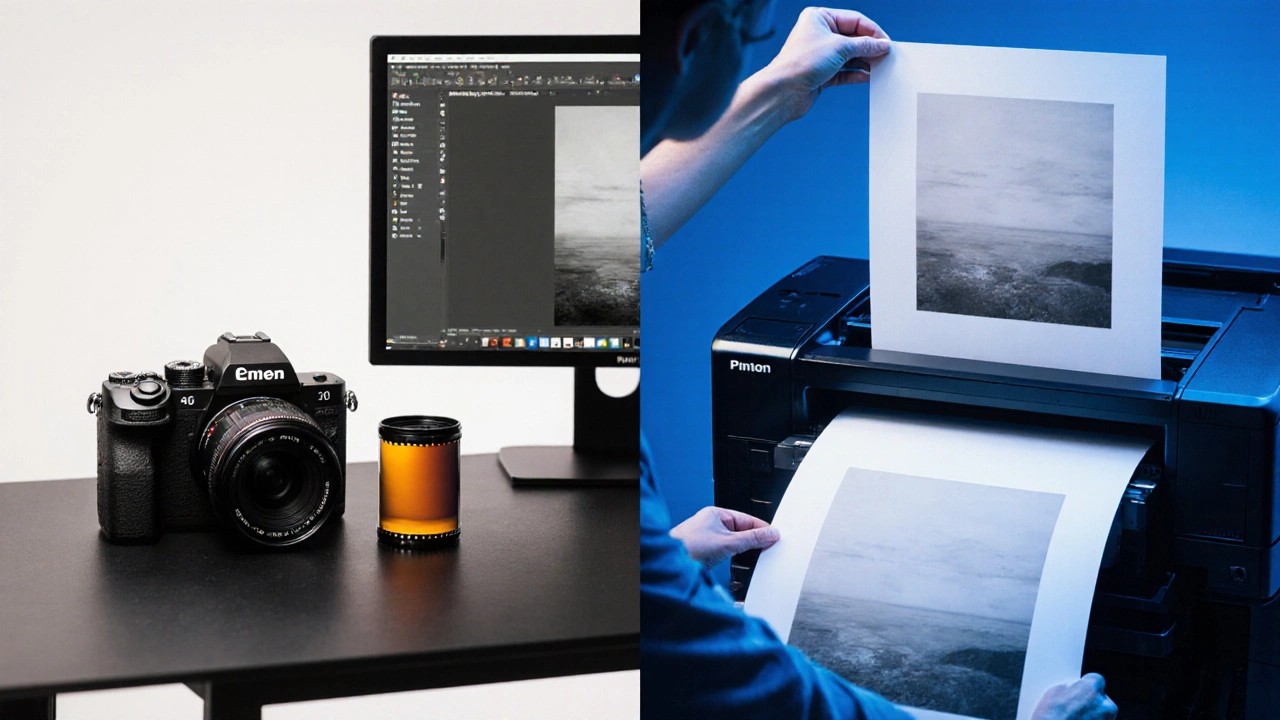
Common Misconceptions
People sometimes think fine‑art photography is just “pretty pictures” or that you need a pricey camera to be taken seriously. In truth, the value lies in the concept, execution, and how the work engages viewers. Even a smartphone can produce fine‑art‑worthy images if the idea is strong and the post‑process is deliberate.
Frequently Asked Questions
Is fine art photography the same as artistic photography?
Yes, the terms are often used interchangeably. Both describe images created primarily for visual expression rather than commercial purposes.
Do I need a film camera to be a fine‑art photographer?
No. Digital cameras offer the resolution and flexibility many artists need today. Film is a tool, not a requirement.
How many prints should I make in an edition?
Editions typically range from 5 to 30 pieces. Smaller editions increase scarcity and can justify higher prices.
Can I sell fine‑art photos online?
Absolutely. Platforms like Artsy, 1xRUN, and even curated Instagram accounts let you reach collectors worldwide.
What’s the best way to get my work into a gallery?
Start by researching galleries that show photography, prepare a concise portfolio, and send a professional email with a short artist statement. Attend their openings to build relationships.
Wrapping Up
So, what is artistic photography called? In the art world it’s most commonly referred to as fine art photography. The name captures the shift from a purely documentary tool to a medium for personal vision, narrative depth, and aesthetic exploration. Whether you shoot with film or a high‑resolution digital body, the key is a strong concept, meticulous execution, and an eye for how your work will live on a gallery wall.
